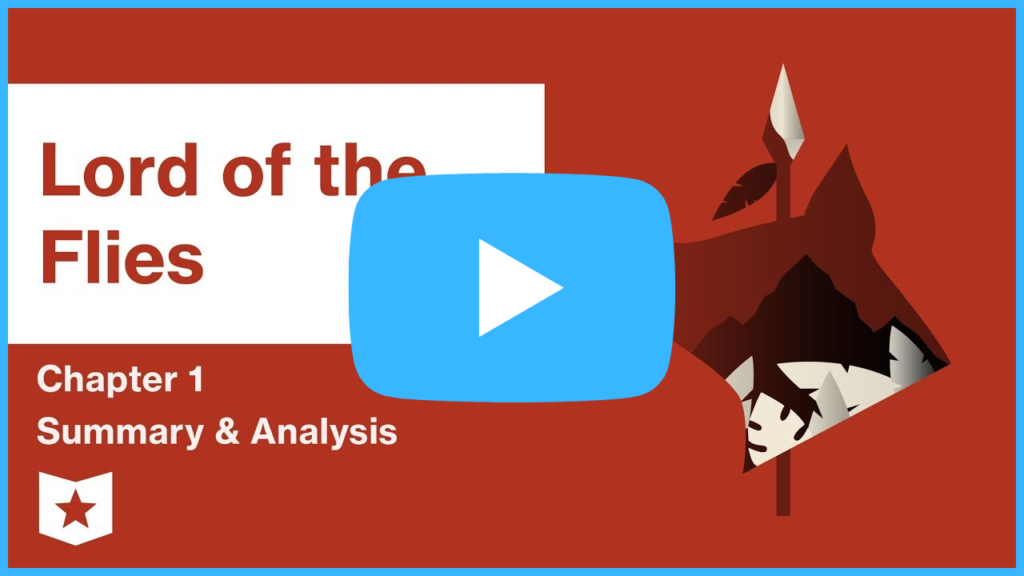This playlist consists of 30 video study guides for Lord of the Flies by William Golding. These short videos, all under five minutes, will aid in students' understanding of the theme and central idea of the text and provide a detailed analysis of the complex characters’ development over the course of the text. Students will be able to cite textual evidence, both explicit and inferences drawn from the text, to support their analysis. Students will also learn about the importance of word choice as it relates to tone and overall meaning of the plot, as well as the other choices an author makes concerning the text and order of events. Course Hero also provides free resources like study guides and infographics at the link below. For a list of Common Core State Standards addressed, see below.
Download the free study guide and infographic for Lord of the Flies by William Golding here: https://www.coursehero.com/lit/Lord-of-the-Flies/

Common Core State Standards Lord of the Flies by William Golding
CCSS.ELA-LITERACY.RL.9-10.1
- Cite strong and thorough textual evidence to support analysis of what the text says explicitly as well as inferences drawn from the text.
CCSS.ELA-LITERACY.RL.9-10.2
- Determine a theme or central idea of a text and analyze in detail its development over the course of the text, including how it emerges and is shaped and refined by specific details; provide an objective summary of the text.
CCSS.ELA-LITERACY.RL.9-10.3
- Analyze how complex characters (e.g., those with multiple or conflicting motivations) develop over the course of a text, interact with other characters, and advance the plot or develop the theme.
CCSS.ELA-LITERACY.RL.9-10.4
- Determine the meaning of words and phrases as they are used in the text, including figurative and connotative meanings; analyze the cumulative impact of specific word choices on meaning and tone (e.g., how the language evokes a sense of time and place; how it sets a formal or informal tone).
CCSS.ELA-LITERACY.RL.9-10.5
- Analyze how an author's choices concerning how to structure a text, order events within it (e.g., parallel plots), and manipulate time (e.g., pacing, flashbacks) create such effects as mystery, tension, or surprise.


